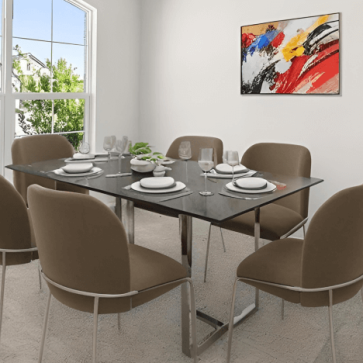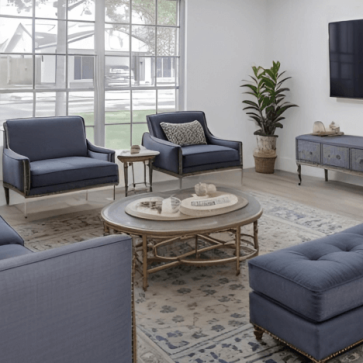When buyers scroll through listings, empty rooms often fail to impress. Virtual staging changes that by digitally adding furniture and decor to property photos to show buyers what homes could look like when fully arranged.
Here is a quick look at the top 7 benefits of virtual staging:
- Costs a fraction of traditional staging
- Creates listing-ready photos in hours (or seconds with AI tools)
- Scales across multiple listings with no scheduling conflicts
- Helps buyers verify the true state of the property
- Clarifies rooms’ purpose and proportion
- Improves listing polish in MLS feeds
- Builds emotional connection that drives in-person visits
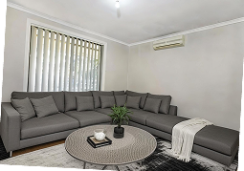
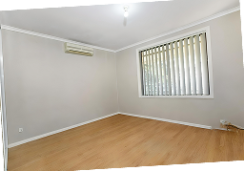
Top 7 Benefits of Virtual Staging
1. Virtual Staging Costs a Fraction of Traditional Home Staging
Compared to traditional staging, virtual staging delivers the same visual appeal for a fraction of the cost. Physical staging typically runs $800–$3,000 per listing, plus ongoing monthly furniture rental fees if the home doesn’t sell quickly.
In contrast, virtual staging costs between $30 and $350 per project, depending on the provider and number of photos. With AI-powered tools, cost can drop even lower, sometimes to under $1 per image. This makes professional-looking listings accessible on almost any budget.
2. Virtual Staging Delivers Results in Hours Instead of Days
Every day a listing stays offline is a lost chance to reach buyers. Virtual staging eliminates those delays by turning what once took several days into a process of just hours or even minutes with AI-powered tools.
Agents can photograph a property in the morning and have professionally staged images uploaded to the MLS by the same afternoon, accelerating exposure and shortening the time to first showing.
3. Virtual Staging Lets Agents Market Multiple Listings at Once
Virtual staging scales effortlessly across properties. Agents can stage dozens of homes as easily as one, all handled remotely without the need for on-site coordination or vendor scheduling.
For those managing large portfolios, rental units, or multiple active listings, this flexibility saves hours of work each week and ensures every property is marketed with consistent, professional visuals.
4. Virtual Staging Keeps Property Tours Transparent
Because the property itself stays empty, buyers can examine every surface and detail during in-person visits. The digital furnishings appear only in photos, so nothing hides potential damage or defects.
In contrast, when a property is physically staged, furniture can sometimes conceal issues that only become visible once it’s removed. If a buyer discovers new damages during the final walk-through before signing, they can delay closing, renegotiate the price, or even cancel the deal, which often leads to extra costs and complications for the seller and listing agent.
Because virtually staged homes remain physically empty, buyers can inspect every surface and detail during in-person visits. The digital furniture exists only in photos—nothing hides scratches, cracks, or defects.
By contrast, traditional staging can sometimes mask issues that only appear once the furniture is removed. Discovering these late in the process may trigger price renegotiations, delayed closings, or even canceled deals, all of which create unnecessary costs and stress for sellers and agents. Virtual staging avoids those risks while keeping the presentation honest and appealing.
5. Virtual Staging Clarifies Room Function and Scale
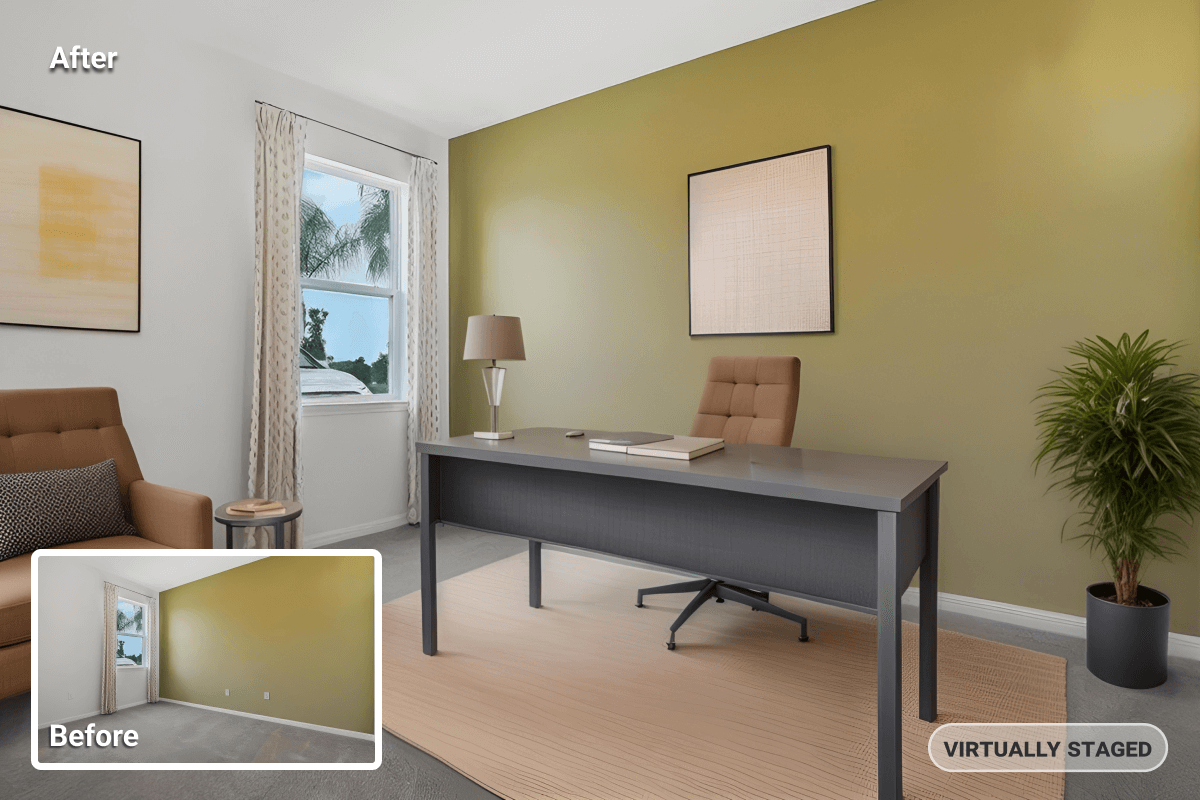
Empty rooms make it difficult for buyers to imagine how a space could work for them. Without furniture or context, even well-designed layouts can feel confusing or smaller than they are.
Virtual staging solves this by showing purpose and proportion; a bare bedroom becomes a cozy home office, an unused alcove turns into a study nook, and an open loft transforms into a family play area. When buyers can visualize how each space fits their lifestyle, they connect emotionally and understand the home’s full potential.
6. Virtual Staging Makes Listings Stand Out in MLS Feeds
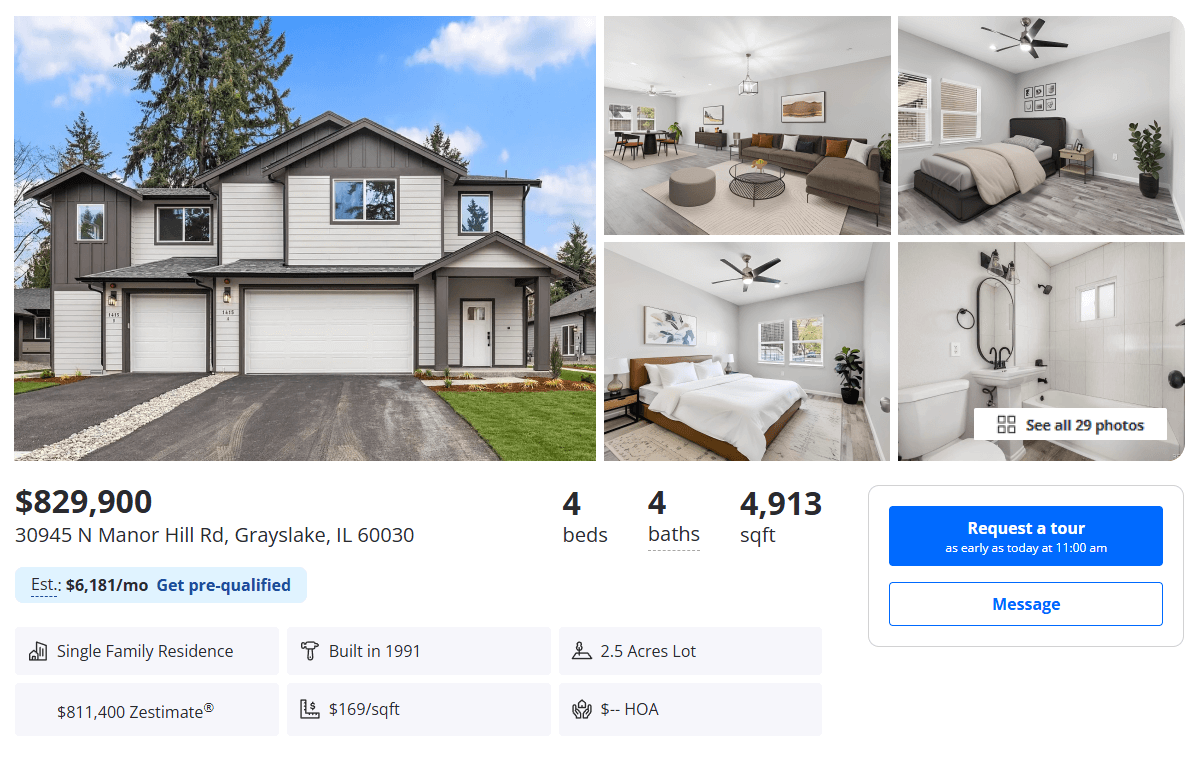
Staged photos make listings look complete and professional across MLS platforms and property sites. Well-styled images naturally attract more attention than vacant or poorly lit photos, leading to higher click-through rates, more inquiries, and increased showings.
In a crowded marketplace where buyers scroll quickly, polished visuals can be the difference between a listing that gets overlooked and one that gets saved.
7. Virtual Staging Builds Emotional Connection
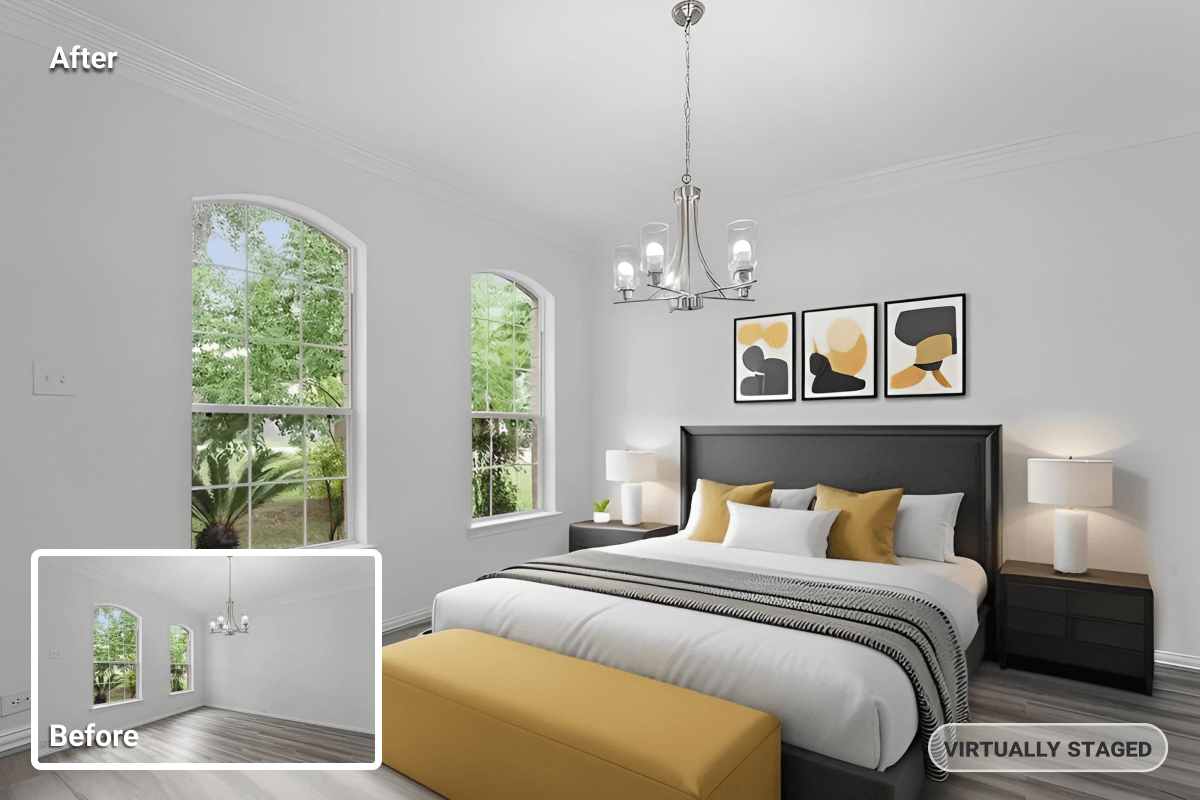
When buyers can picture themselves living in a space, cooking in the kitchen, relaxing in the living room, or working in a home office, they form an emotional bond with the property. Virtually staged photos make that visualization effortless, helping buyers see the home not as an empty structure but as their future lifestyle.
This connection often translates into more viewings, stronger offers, and faster negotiations, giving agents a meaningful edge in competitive markets.


Benefits of Virtual Staging for Real Estate Agents
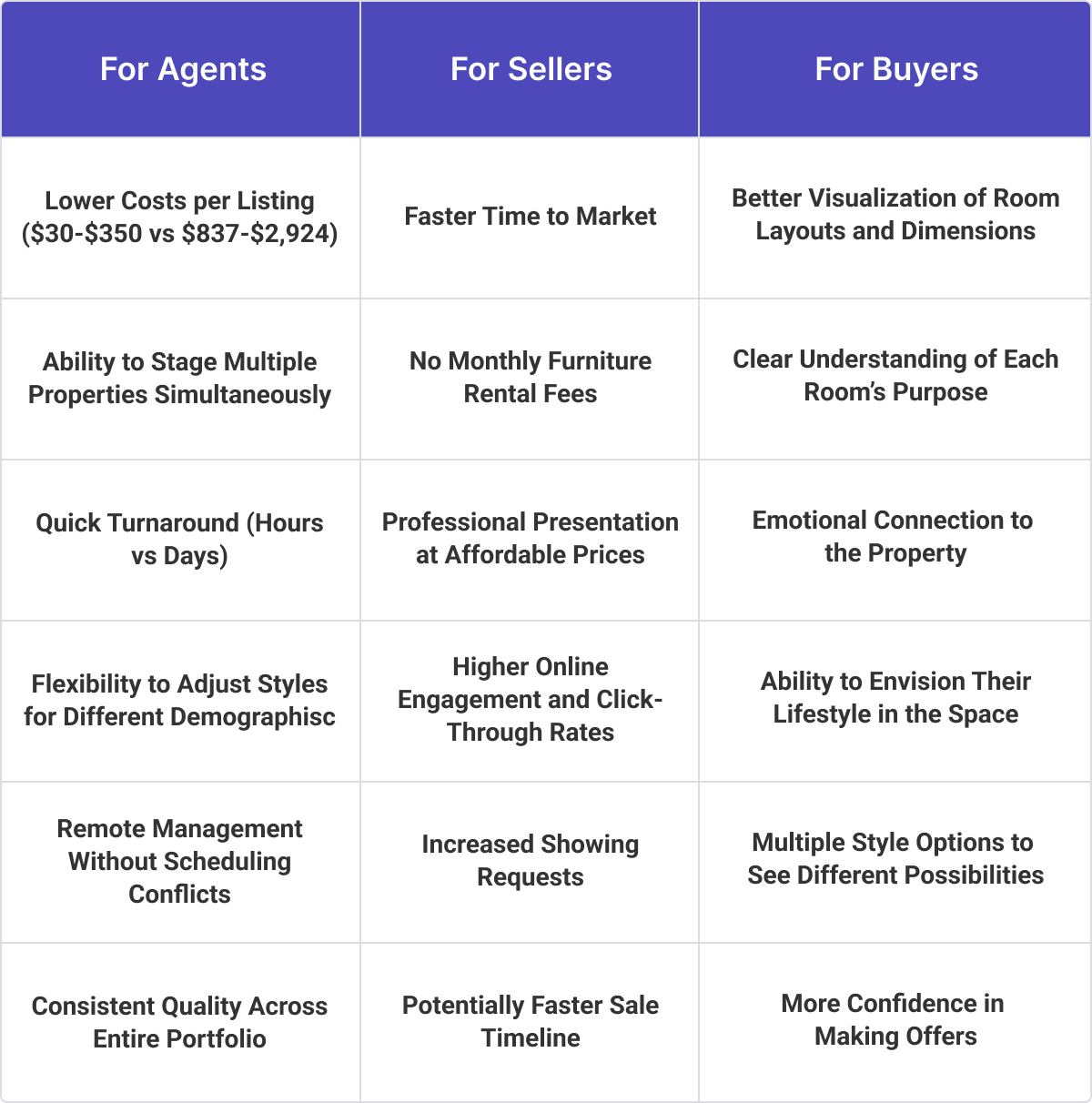
A recent study by NAR shows that 88% of sellers’ agents consider photos highly important for their clients, and 24% view virtual staging as equally important. Given that virtual staging is a relatively new practice in real estate marketing, this data reflects how rapidly it’s growing.
According to NAR’s profile of home staging shows that since 2017, traditional home staging has declined due to high costs, while virtual home staging has grown steadily as it has a number of benefits for real estate agents.
It shortens sales cycles, improves client satisfaction, and enhances the quality of the images. Reduced setup time means agents can publish listings faster. Lower costs allow professional presentation across all price points, not just luxury properties. Agents who provide virtual staging attract sellers looking for quick turnarounds and strong online performance.
Virtual staging also provides control over property presentation. Agents can customize visual themes for different audiences: sleek designs for city apartments, warm tones for family homes, coastal themes for waterfront properties, and so on. This control maintains uniform quality throughout their portfolio and shows the professionalism that earns client loyalty.


AI Virtual Staging: The Pro Version of Virtual Staging
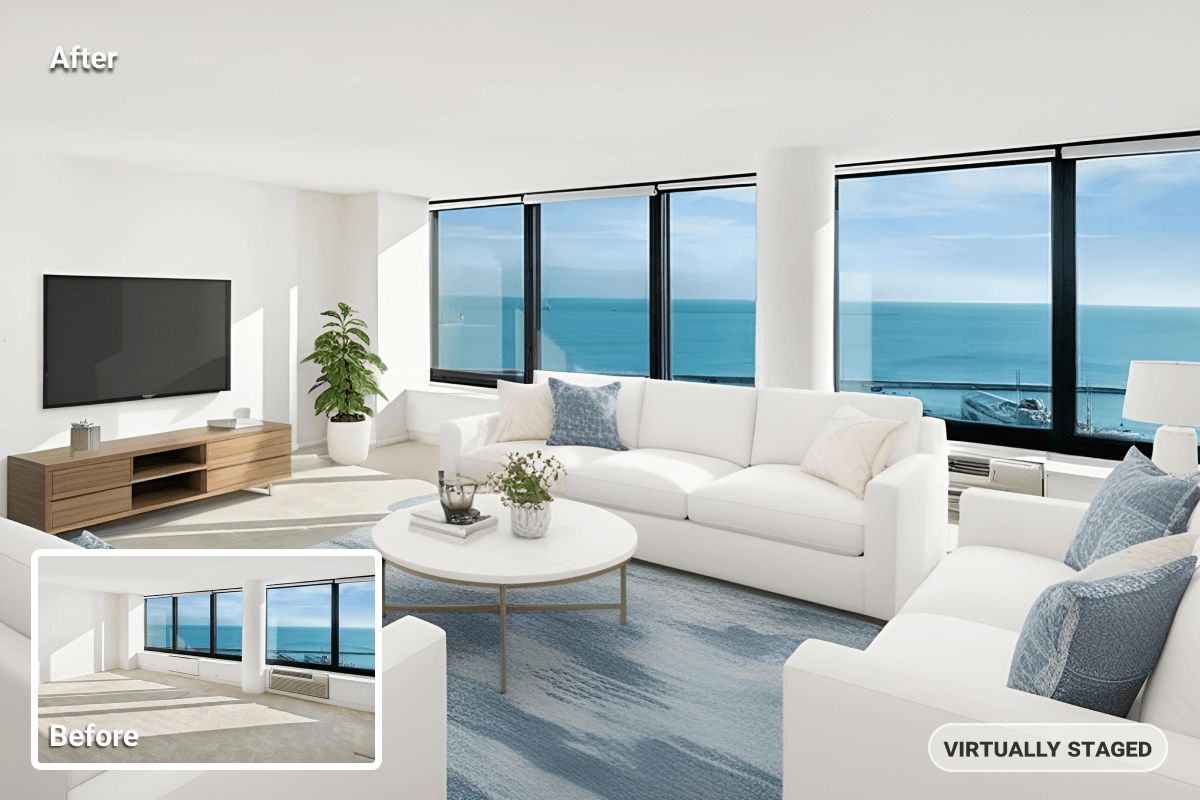
For those considering “virtual staging,” AI has made virtual staging faster, cheaper, and easier to scale. In late 2020, some virtual staging companies started employing artificial intelligence (AI) in their services to deliver faster and more affordable options. The idea was simple: use AI to virtually stage your properties.
In their attempt to do so, companies first faced two challenges:
A) Where to gather data to feed these AI models, and
B) How to train the models so that they get all the details right.
Now, after five years, these challenges no longer exist. There are now quite a few AI virtual staging companies that deliver listing-ready results, often outperforming on speed and cost while maintaining professional quality. For a 25-photo listing, AI staging often costs under $25 total and can be completed in minutes.
So, for agents who need results immediately or want to keep costs low, AI virtual staging might be the best choice.
In closing
Virtual staging has changed how agents present properties. It reduces costs, shortens timelines, and provides design flexibility that physical staging cannot match. Agents save days of scheduling and thousands in furniture expenses while giving buyers a clear visual context for every room.
AI virtual staging has made the process even more efficient by delivering professional results in seconds rather than hours. Work that previously required design teams and extended timelines now happens in minutes, which helps agents bring listings to market faster and meet the visual standards buyers expect online.


FAQs
Does virtual staging increase home value?
How much does virtual staging cost?
How long does virtual staging take?
What makes AI virtual staging different from regular virtual staging?
When should agents use virtual staging?
Can virtual staging be used for commercial properties?
Yes. It’s especially useful for larger spaces where traditional staging would be prohibitively expensive.


